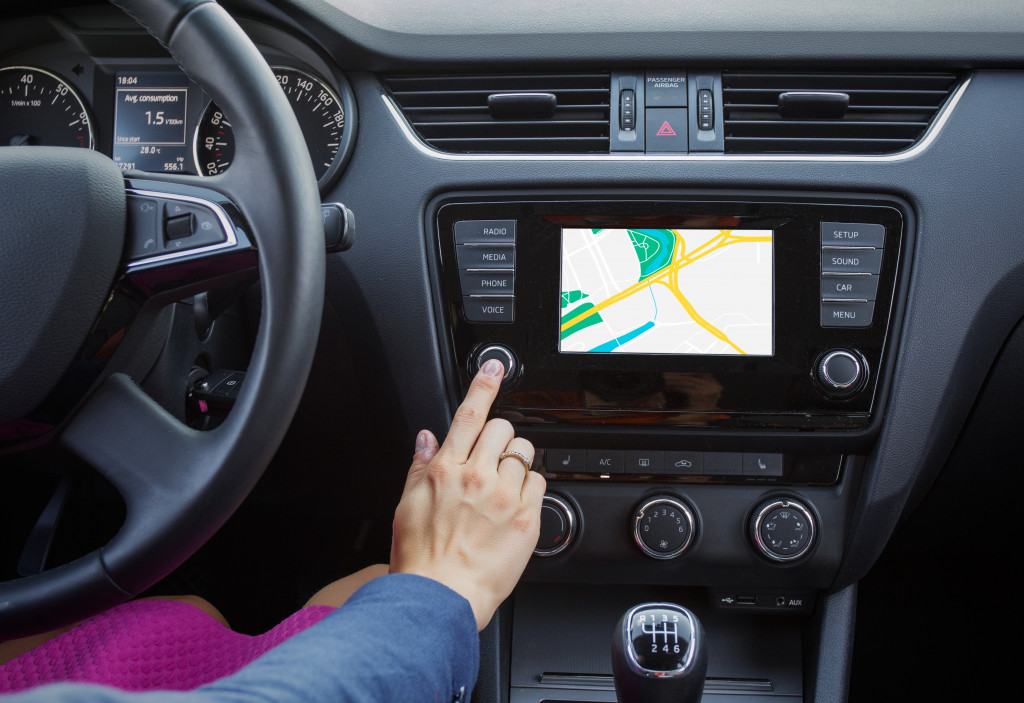Disclaimer: This website provides health information for educational purposes only and is not a substitute for professional medical advice, diagnosis, or treatment. Always seek the guidance of a qualified healthcare provider with any questions you may have.
- Understand the purpose and intended use of the car before lending it to an employee.
- Add safety features like a GPS tracker, car alarm system, steering wheel lock, and a dashboard camera for security.
- Make sure the company car is adequately insured with both liability and collision protection.
- Set up a maintenance and repair plan to keep the vehicle running smoothly.
Company cars have become an essential part of employee benefits in many organizations. Providing a vehicle to employees can be an excellent way to attract and retain top talent while enhancing your brand’s image. However, lending cars to workers comes with several considerations that can make you reconsider your options. As a business owner or company leader, here’s what to think about before offering cars to employees.
Purpose and Use of the Vehicle:
Before handing over a company car to an employee, you should ensure that both parties understand the purpose and intended use of the vehicle. This may include outlining the rules and regulations that need to be followed while using the car.
For instance, if you’re providing a car to enhance an employee’s mobility to attend business meetings, you should specify that the vehicle is for business use only. On the other hand, if you’re providing a car to increase the comfort of employees in their job, you may also allow for personal use.
You’d also need to decide how the car will be returned once the employee no longer needs it or their employment ends. Setting clear procedures for return or an agreement in place will help prevent misunderstandings or disputes over the return of the car.

Security of the Car:
As the company car will be used by the employee, you should ensure that it is always secure. This includes asking employees to lock their cars when they’re not using them and parking in a safe place. In addition, here are some security features to add:
Battery-operated GPS Tracker
A reliable self-powered GPS tracker helps business owners keep track of the location and movements of their company car in real time. It records all activities, including start and stop times, speed, and distances traveled.
This technology can also alert the owner whenever the car is being moved outside of pre-defined areas or for extended periods. And because it’s self-powered, it can last for several months without battery replacements and will work even if the car has been stolen.
Car Alarms System
A car alarm system is an effective way to deter thieves from stealing the company car. It offers 24/7 monitoring and alerts when the vehicle has been tampered with or accessed without authorization. Additionally, you can set up motion detectors that will alert owners if someone tries to move the car without permission.
Steering Wheel Lock
A steering wheel lock is another great way to prevent theft of the company car. It locks in place and covers the entire steering wheel, making it impossible for anyone to drive away without first unlocking it.
Dashboard Camera
A dashboard camera can be used to record any incidents that occur while the car is in use. This includes accidents, traffic violations, or vandalism. Law enforcement or insurance companies can then use the recordings to help resolve potential disputes or claims.

Insurance Coverage:
It’s crucial to ensure that your company car is adequately insured before allowing employees to use the vehicle. If not, you should look into getting a separate policy to protect against any potential risks associated with lending out cars to employees.
Your insurance coverage should include both liability and collision protection. The liability portion will help cover costs related to third-party damages in case the car is involved in an accident. The collision portion, on the other hand, will cover damages to your company car if it’s damaged or stolen.
In addition, you should ensure that the employee driving the car is also covered, especially if it’s a new vehicle driver or someone with a poor driving record. You may also need to protect your business in case of an accident while an employee is driving the car.
Maintenance and Repair:
Keeping a company car running smoothly can be expensive, and it’s something you should consider before lending a vehicle to employees. You’ll need to have a maintenance and repair plan in place to ensure that the vehicle remains in excellent condition.
In addition, setting clear expectations on the employee’s role in maintaining the car, including regular servicing, cleaning, and addressing any problems that arise, can help minimize repair costs.
If possible, you should also consider investing in preventative maintenance services to ensure that the car is always in good condition. You can also look into adding a driver monitoring system to the vehicle so that you can keep track of any potential problems or issues with the car.
Providing company cars to employees can be a significant benefit for both the business and the employee. However, careful consideration and planning are required to ensure that the vehicle lending program is successful. By considering these factors before lending a vehicle, you will be able to plan, budget, and allocate resources efficiently while enhancing employee mobility and productivity.

